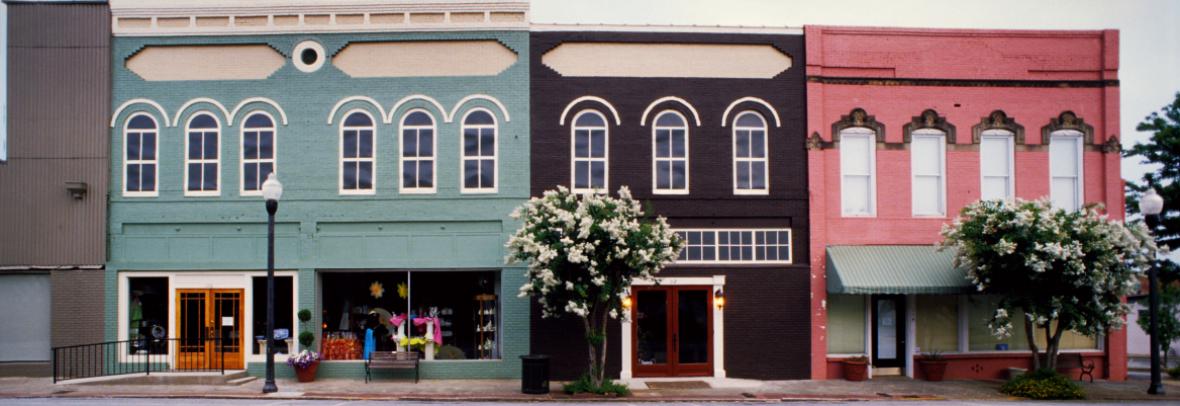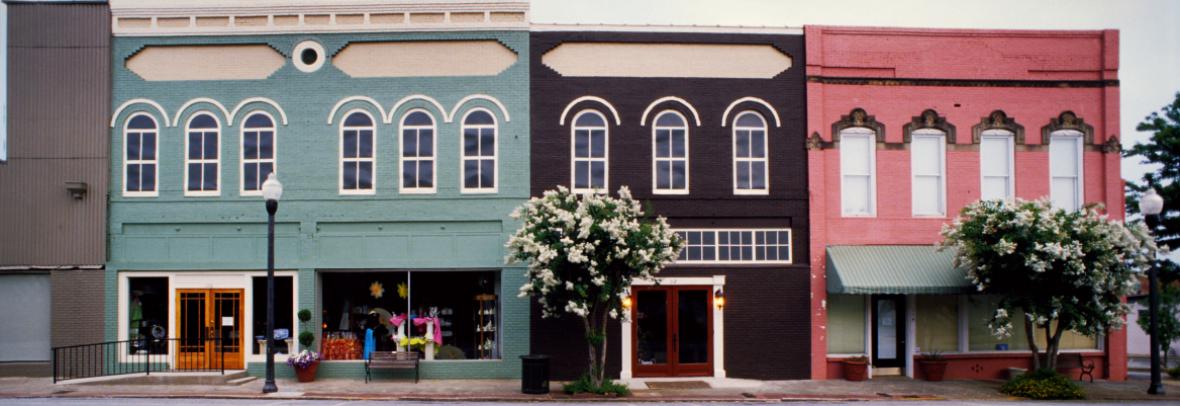
Inflation surpassed labor quality as top business problem in December, the NFIB found. Small businesses are expecting better business conditions in 2024.
WASHINGTON – U.S. small business optimism increased to a five-month high in December with expectations for sales increases in the coming year, but inflation still remains a concern for many, the National Federation of Independent Business (NFIB) Small Business Optimism Index found.
The NFIB’s index increased 1.3 points in December to 91.9, marking the 24th consecutive month below the 50-year average of 98. Of that, 23% of small business owners reported that inflation was their single most important problem in operating their business, up one point from last month, and replacing labor quality as the top concern.
“Small business owners remain very pessimistic about economic prospects this year,” said NFIB Chief Economist Bill Dunkelberg. “Inflation and labor quality have consistently been a tough complication for small business owners, and they are not convinced that it will get better in 2024.”
Some key findings from the index include:
- Small business owners expecting better business conditions over the next six months improved six points from November to a net negative 36% (seasonally adjusted), and 25 percentage points better than last June’s reading of a net negative 61%.
- Seasonally adjusted, a net 29% of owners plan to raise compensation in the next three months, down one point from November.
- The net percent of owners raising average selling prices was unchanged from November at a net 25% (seasonally adjusted).
- The net percent of owners who expect real sales to be higher improved four points from November to a net negative 4% (seasonally adjusted), the highest reading since January 2022.
Fifty-eight percent of owners reported capital outlays in the next six months, down three points from November. Of those making expenditures, 40% reported spending on new equipment, 22% acquired vehicles, and 19% improved or expanded facilities. Eleven percent spent money on new fixtures and furniture and 5% acquired new buildings or land for expansion. Twenty-four percent (seasonally adjusted) plan capital outlays in the next few months, up one point from November.
A net negative 11% of all owners (seasonally adjusted) reported higher nominal sales in the past three months, a six-point improvement from November. The net percent of owners expecting higher real sales volumes improved four points to a net negative 4%.
The net percent of owners reporting inventory gains increased one point to a net negative 2%. Not seasonally adjusted, 12% reported increases in stocks and 15% reported reductions. A net negative 5% of owners viewed current inventory stocks as “too low” in December, down five points from November. By industry, shortages are reported most frequently in the finance (16%), retail (12%), and manufacturing (11%) sectors. A net negative 5% of owners plan inventory investment in the coming months, weakening sales will be satisfied out of current inventories.
The net percent of owners raising average selling prices was unchanged from November at a net 25% seasonally adjusted. Seasonally adjusted, a net 32% plan price hikes in the next three months.
Price hikes were the most frequent in finance (52% higher, 12% lower), retail (49% higher, 8% lower), construction (41% higher, 12% lower), services (36% higher, 5% lower), and professional services (33% higher, 4% lower).
Twenty-three percent of owners reported that inflation was their single most important problem in operating their business, up one point from last month and surpassing labor quality as the top problem.
Seasonally adjusted, a net 36% reported raising compensation, unchanged from November. A seasonally adjusted net 29% plan to raise compensation in the next three months. Nine percent of owners cited labor costs as their top business problem, up one point from November. Twenty percent said that labor quality was their top business problem.
The frequency of reports of positive profit trends was a net negative 25%, seven points better than November. Among the owners reporting lower profits, 31% blamed weaker sales, 17% blamed the rise in the cost of materials, 16% cited lower prices, and 9% cited labor costs. For owners reporting higher profits, 48% credited sales volumes, 19% cited usual seasonal change, and 14% cited higher selling prices.
Three percent of owners reported that all their borrowing needs were not satisfied. Twenty-five percent reported all credit needs met and 61% said they were not interested in a loan. A net 8% reported their last loan was harder to get than in previous attempts.
The NFIB Research Center has collected Small Business Economic Trends data with quarterly surveys since the fourth quarter of 1973 and monthly surveys since 1986. Survey respondents are randomly drawn from NFIB’s membership. The report is released on the second Tuesday of each month. This survey was conducted in December 2023.
© 2024 Florida Realtors®
Go to Source
Author: amyc



